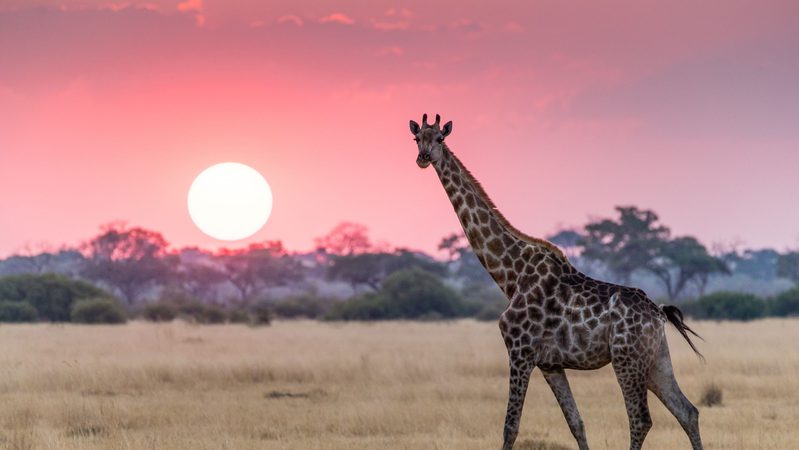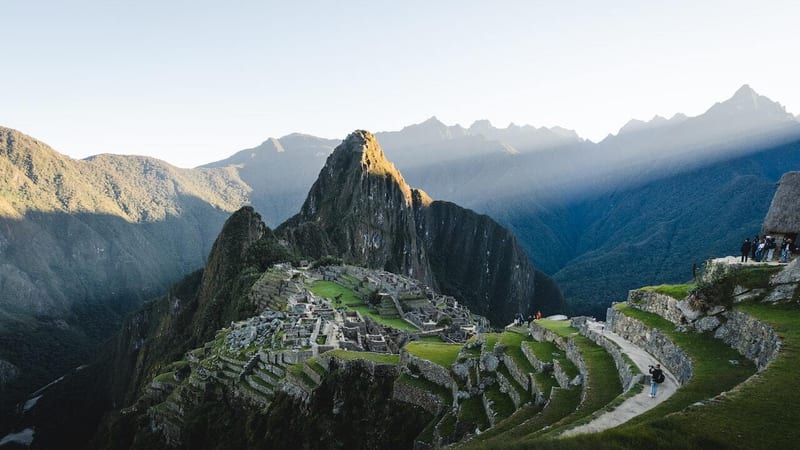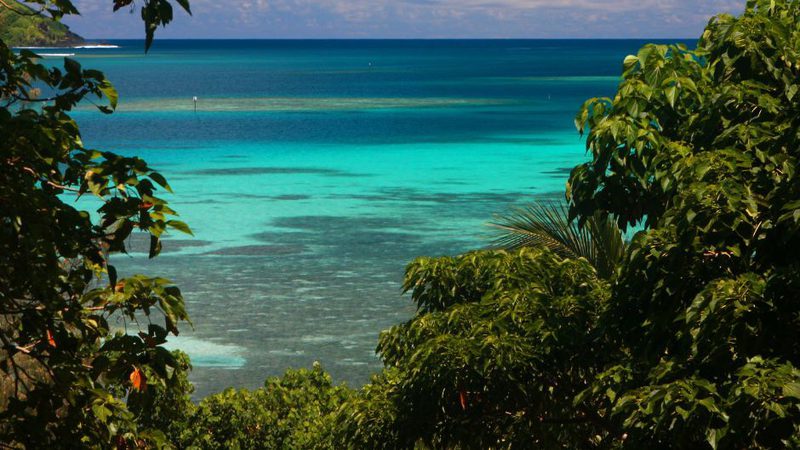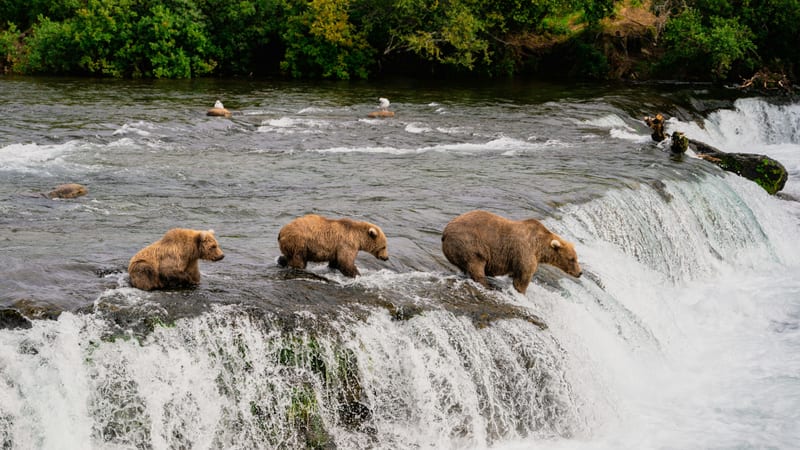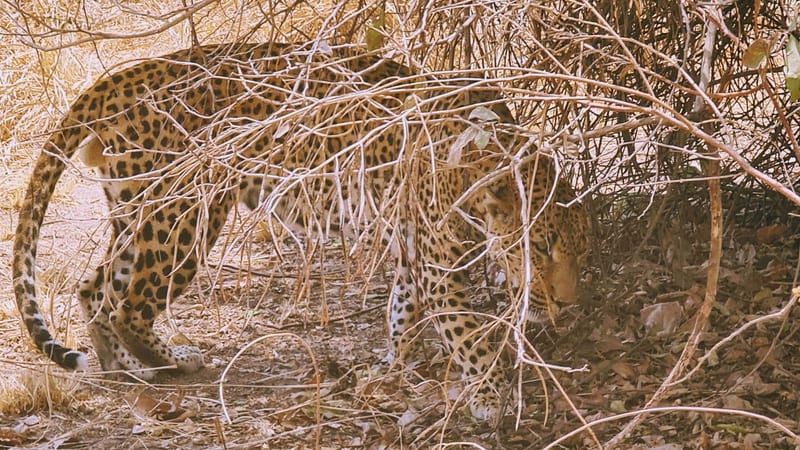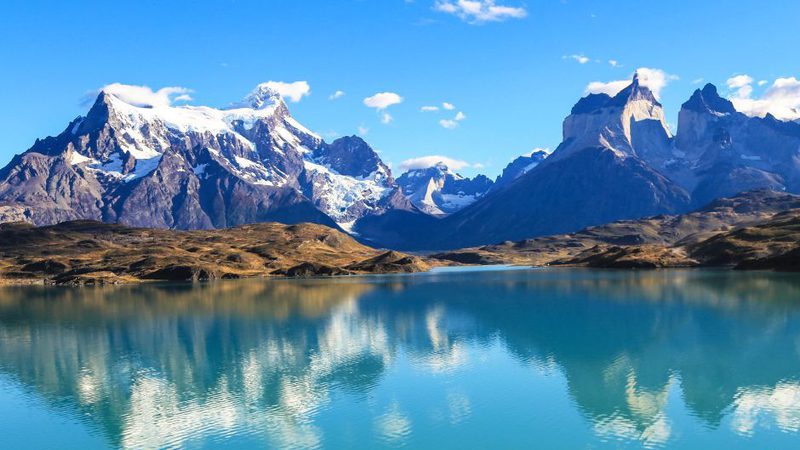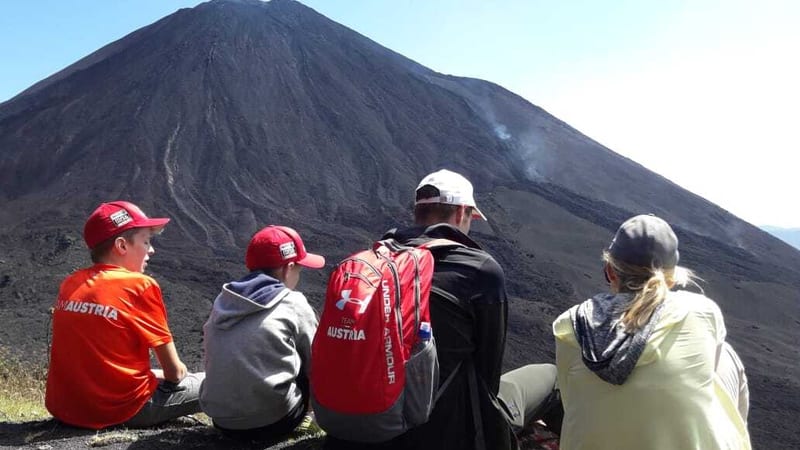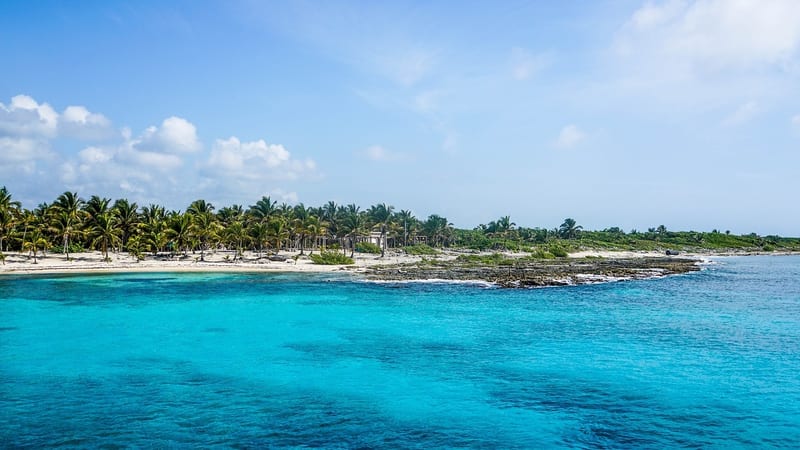
I absolutely LOVE rhinos, but get confused between the two species that are found in Africa. There are another three rhino species found in Asia, but this article serves to explain the difference between the two you might see on your next African safari with us. I include examples of places where you can look for them.
In terms of numbers, approximately 4,250 Critically Endangered Black rhino and 17,500 Endangered White rhino remain today.

Size
White is larger in size than Black. White male rhino weighs up to 1,700kg while the smaller black rhino weighs about 800 – 1,400kg.
Mouth and diet
White rhino a.k.a. Square-lipped rhino has broad, flat, wide lip designed for grazing, loudly smacking its lips together as it feeds like a lawnmower. It frequents open grasslands.
Black rhino a.k.a. Hook-lipped rhino feeds on leaves, shoots and branches even of thorny trees, so its lips are more pointed. They far prefer being in dense bush.
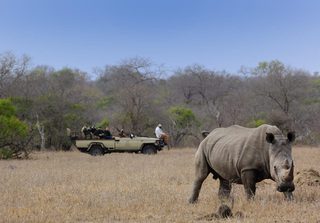
Body armour
Since the White rhino is larger, it makes sense that it is also longer and more round, with a relatively flat back and small hump.
The Black rhino is shorter, less bulky and has a deep curve in its back.
Head
White rhino graze grass all day, so their heads are held low; they have a weak neck, long face and small eyes.
Black rhino browse off the trees, so they typically hold their heads high and if they sense danger, will turn their whole body around rather than just their ears, as a White rhino would.
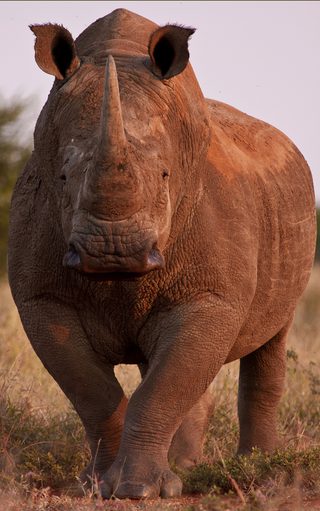
Ears
White rhino, we now know, are too busy eating grass, with their heavy long heads kept low down and their poor eyesight, so their ears are all- important – they are long and like big tubes so that sound is caught and funnelled into them. Black rhino use ears, eyes and nose to monitor what’s going on around them, so their ears are much smaller and rounder in shape.
Horn
In keeping with their long bodies, white rhino tend to have longer front horns and much shorter second horns.
Black rhino are the opposite, with shorter front horns and longer second horns.

Aggression
Most likely due to a combination of all the factors above, the far more solitary Black rhino is more likely to show aggression than the gregarious White rhino. A close encounter with Black rhino in dense bush may result in some display of aggression, while this is far less likely when observing White rhinos from a distance in open areas.
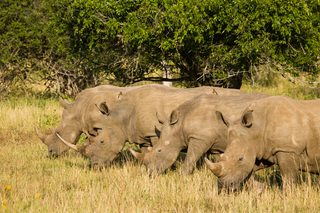
It is absolutely tragic that these incredible animals are incessantly being poached for their horns. On the other hand it is encouraging to be know that participating on an African safari will make a valuable contribution to conservation efforts in place to try to save the rhinos from extinction.
Where to find rhinos?
Rhinos are found across Kenya, South Africa, Namibia and Tanzania. For more details, take a look at our favourite places in Africa to see rhino.

